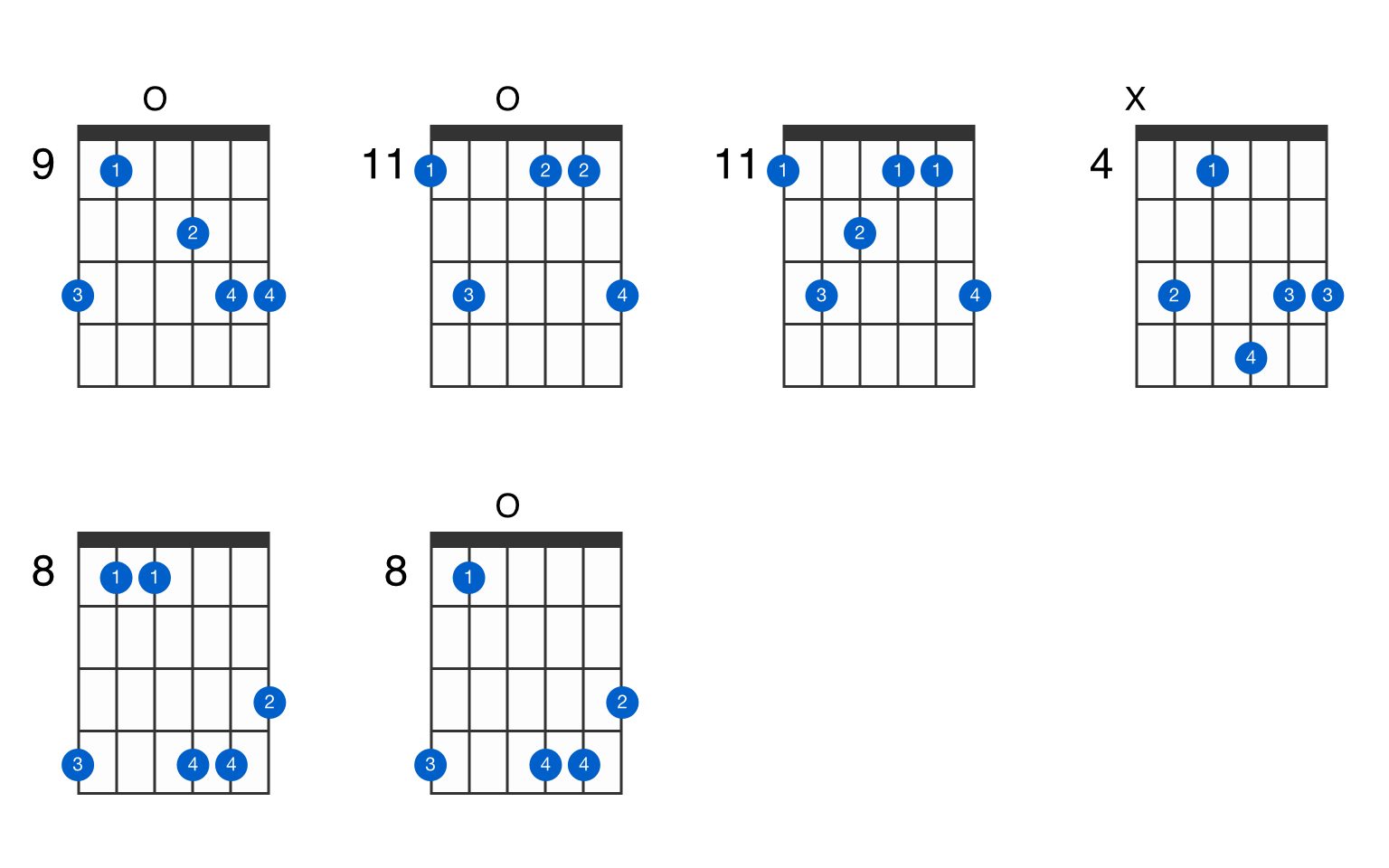
However, this is not the case with the guitar, as the pattern shown in the image can change along the neck. It is important to keep in mind that in the piano the pattern is the same in all octaves, the only thing that will change from one octave to another will be the altitude of the notes. With them, we can create different successions of notes and thus create various melodic phrases more easily. Then, based on these patterns we can know where the notes belonging to the E flat major scale will be placed, both on the piano and on the guitar. Major Scales: How to Play E Flat Major Scale on Piano (Right and Left hand)Īt the same time, we can also visualize a pattern for the scale on the neck of the guitar that would look like this: This makes the scale easy to identify at first sight and to play without the need for a lot of previous experience. Note that most of the white notes of the scale can be achieved on the white keys of the piano.


These instruments allow you to identify notes and intervallic distances more easily, compared to instruments such as the violin or wind instruments.įor example, see what the E flat major scale pattern would look like over an octave on the piano. E flat major scale patternsĪ very useful way to study scales is to visualize them on instruments such as the guitar or piano.

Thus, it is the tonic E flat which, being the first note of the scale, gives the scale its name.

In this way, we can say that the notes that make up the E flat major scale are: That is, the E flat major scale is built starting from the note E flat and continuing by leaving one tone between each note, except between the third and the fourth and between the seventh and the first note. The E flat major scale is nothing more than a scale of musical notes that are structured in intervals of one tone between each degree, with the exception of degrees III – IV and VII – I, where the distance is half a tone, and whose main note (commonly called tonic) is E flat.


 0 kommentar(er)
0 kommentar(er)
